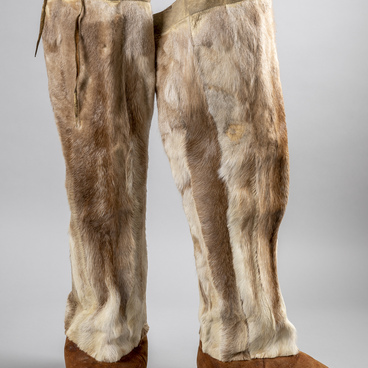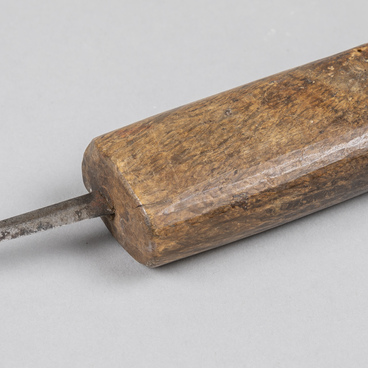The “vuten keshi” is a woman’s knife with a wide blade. Such knives are both a tool for performing various tasks and a household utensil. If necessary, it can be used for fortune telling, after it is fumigated. Once it became heavy, it meant that it was ready to make contact. With such a knife one could easily remove birch bark, squeeze off tar from cedar roots, prepare bird cherry, rowan, and willow branches for household items. It could also be used for making “pukla” trigger hooks for grouse traps called “sesa”. This knife is also used for butchering deer, elk, and fish (for example, pike). A woman always wore only one such knife on her belt.
There are also other types of knives: for scraping ice from skids, a handicraft knife for cutting out and carving “khonshi” patterns, a knife for cutting dough, meat and fish, a bread knife called “keshi”, and “put keshi” — for scraping pots.
Knives were actively used for household purposes, including cooking. In her book “Khanty and Mansi: a Look from the 21st Century”, Zoya Petrovna Sokolova explores the diet of the Khanty and Mansi:






